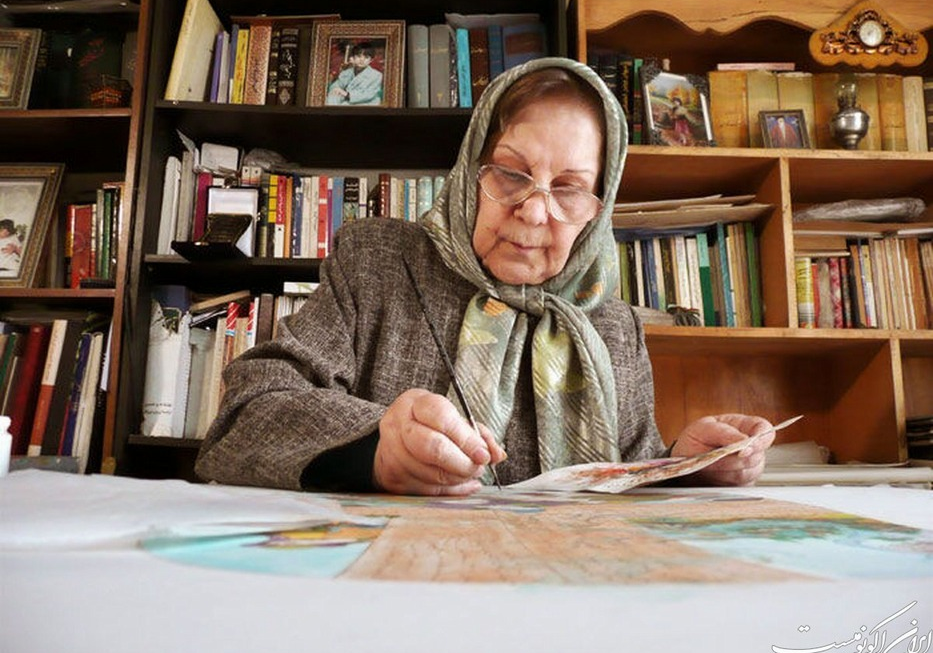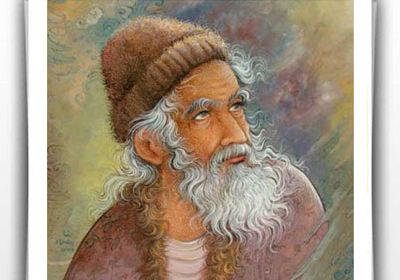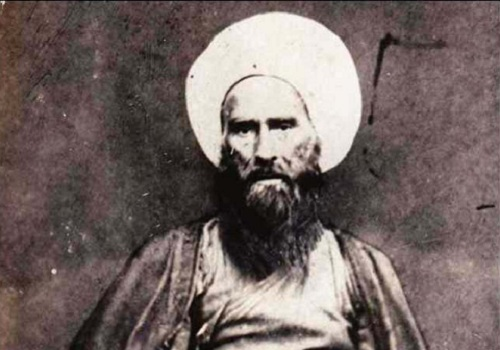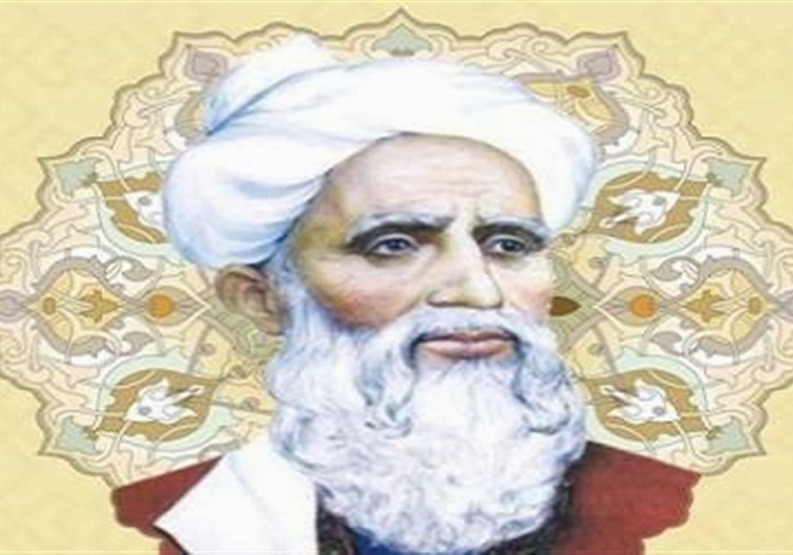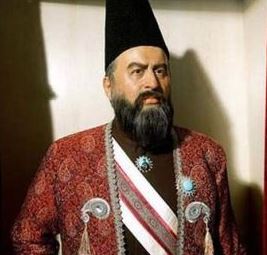
Ibn Muqaffa’: The Scholar Who Introduced the Iranian Culture to Arab Countries
Abu Mohammad Abdullah, also known as Ibn Muqaffa’ (literary means “son of an amputated man”) was born in 106 AH (724 AD) in a place called Jor (currently known as Firouzabad) in Fars Province, Iran. He was a writer and a translator. Ibn Muqaffa used to be called Rouzbeh before he converted to Islam, but chose to name himself Abdullah with the title “Abu Mohammad” for himself as a Muslim. He was born into a noble family in Fars. Abu Mohammad’s father was appointed by the ruler of Iraq, Hajjaj ibn Yusuf to take charge of managing taxation. Having to work in an unjust setting, Abu Mohammad’s father suffered torture and lost his hand in the process, which is why Abu Mohammad was also known as Ibn Muqaffa’.
WORKS
His father took it upon himself to raise a good and prestigious child. He either took Abu Mohammad to the greatest literary figures of the time in Basra or invited those figures to his house to educate his son. He ended up moving to Kerman to serve Davoud ibn Yazid ibn Umar ibn Hubayra (son of the last Umayyad governor of Iraq). With the collapse of the Umayyad dynasty, Abu Mohammad left Kerman and went to Basra. He spoke Sassanid Pahlavi fluently. He decided to add Arabic to his skills. He did so with the help of the greatest teachers of the time. He lived in Basra for ten years, and most of his writings and translations are believed to belong to the mentioned period. Perhaps his greatest literary achievement was translating Kelileh va Demneh (a collection of fables based on the 200 BC Sanskrit text Panchatantra) from Pahlavi to Arabic, which persists to be one of the greatest literary works in classical Arabic. The characters in Kelileh va Demneh are animals. The book contains moral lessons, pieces of advice, reminders, and mythical stories. Intellectuals, thinkers, and those who thoroughly seek meaning and spirituality take great benefit from the book. Furthermore, ordinary people take their share from the book, too. The book was first written in Sanskrit and later translated into Pahlavi. The Indian book’s original copy is distinct, but its Pahlavi translation happened to become a source of Arabic and Syriac translations. Later on, the Pahlavi translation of the book also became scarce, which made the Arabic translation the only source from which Kelileh va Demneh was translated into other languages. Ibn Muqaffa’ took Borzouyeh Tabib’s translation of Kelileh va Demneh from Sanskrit to Pahlavi and translated it into Arabic. He added a chapter to his Arabic translation of Kelileh va Demneh under the title “Borzouyeh Tabib”. The chapter contains the spiritual journey of a physician called Borzouyeh towards self-purification, truth, and prosperity. Abu Mohammad’s translation of Kelileh va Demneh into Arabic is considered to be the most reliable and authentic translation of the book.
INTRODUCING IRANIAN CULTURE
Tajnameh of Anushirvan, the Sassanid constitution, Kitāb Mazdak, and Kitāb al-Taj are among other works of translation from medieval Persian to Arabic by Ibn Muqaffa. He certainly used translation to familiarize Arab countries with the Iranian culture. Ibn Muqaffa’s translations became the gateway through which the Arab world got exposed to Greek philosophers’ works, including Aristotle’s articles known as “Organon”. Al-Adab al-Kabir and Al-Adab al-Saghir (on morality and good conduct), Risala fi-l-Sahaba (discusses specific problems facing the new Abbasid regime) are among some of Ibn Muqaffa’s writings. Ibn Muqaffa’s eloquent choice of words is indeed a source of inspiration for Arab writers today. His works of prose have turned to become common academic sources in universities all around the Arab world. Ibn Muqaffa’s Kelileh va Demneh has been translated into various languages.
THE MURDER
Ibn Muqaffa’s death had been politically motivated. The most common belief among historians is that he was murdered at the age of thirty-six. There are two different stories about the murder. Some believe that Basra’s ruler ordered Ibn Muqaffa’s execution under the pretext of paganism, which is historically less approved. The more reliable narration is that Ibn Muqaffa’ detested the ruler of Basra (Sofyan bin Muawiah) and mocked him audaciously when he worked for Mansour’s uncle as a secretary. Mansour’s uncle Abdollah rebelled against his nephew but failed to overthrow his government. Finally, Mansour accepted his uncle’s plea for forgiveness and told his uncle to show his remorse on paper so he could have it signed. Abdullah asked his secretary Ibn Muqaffa’ to request a pledge of safety and put it on paper. Apparently, Mansour didn’t like Ibn Muqaffa’s harsh tone in the letter and ordered his execution.
| Name | Ibn Muqaffa’: The Scholar Who Introduced the Iranian Culture to Arab Countries |
| Country | Iran |
| Nickname | Ibn Muqaffa |
| Production Time | the 8th century |
| Works | Kelileh va Demneh Tajnameh of Anushirvan Ayinnameh Ahd Sassani Kitab-e Mazdak Kitab al-Taj” |
| Type | Literary,Academic |


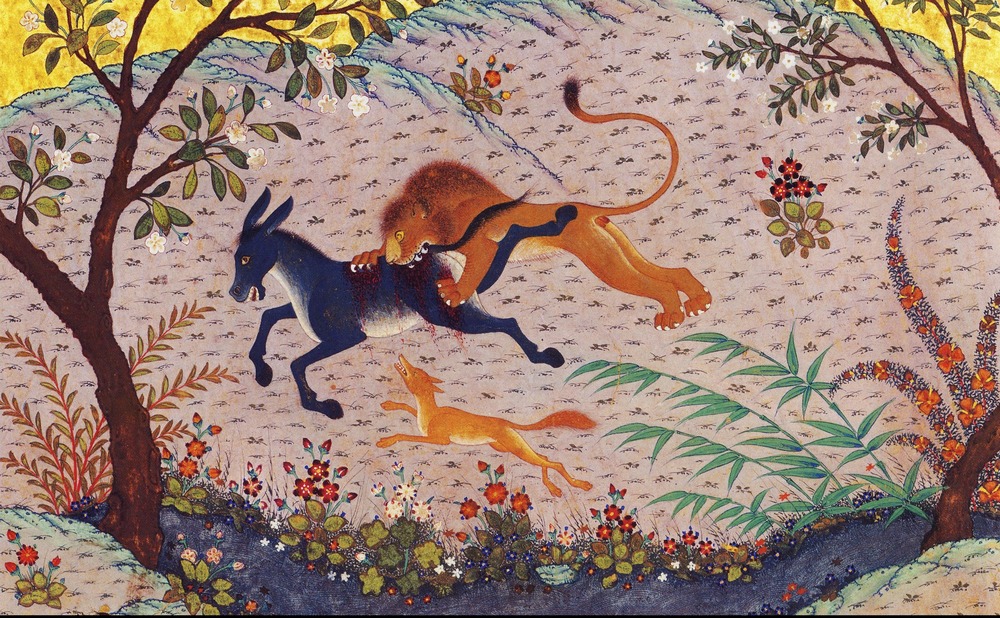



Choose blindless
Red blindless Green blindless Blue blindless Red hard to see Green hard to see Blue hard to see Monochrome Special MonochromeFont size change:
Change word spacing:
Change line height:
Change mouse type:

